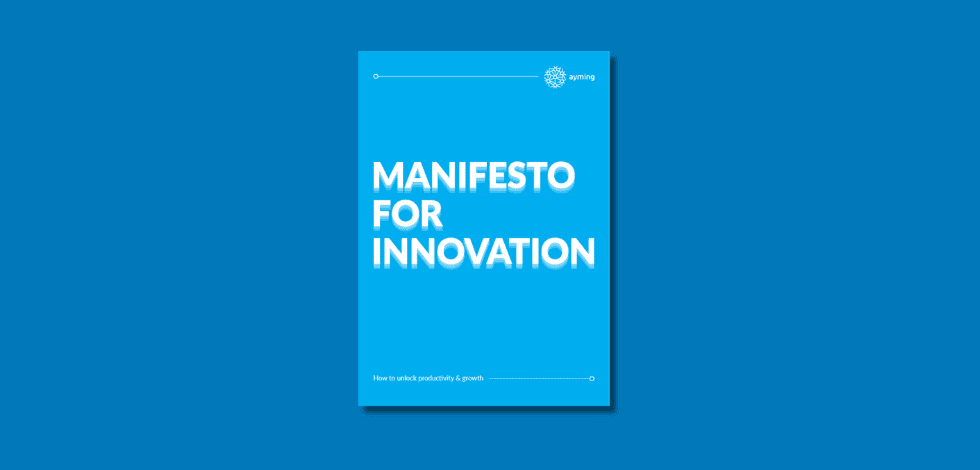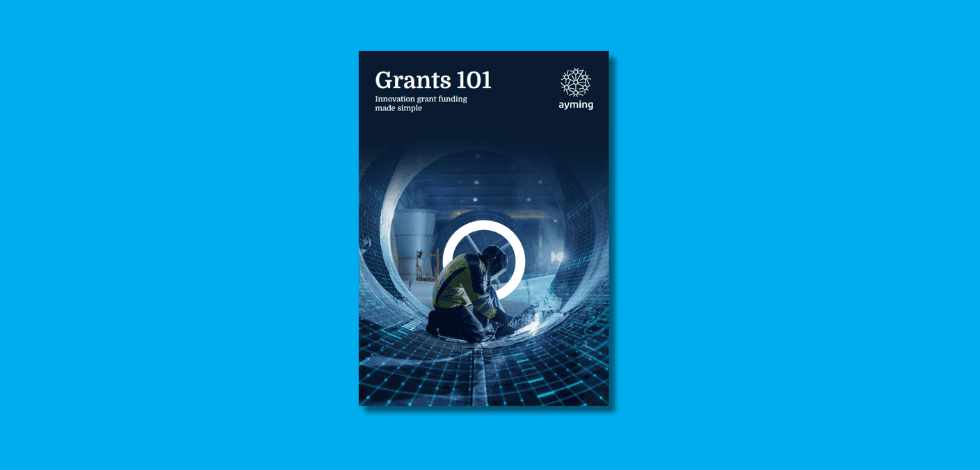Research and Development (R&D) tax relief and credits are valuable incentives provided by the Government to reward UK companies, including technology start-ups, for investing in innovation. Generally speaking, there are numerous ways in which tech start-ups can be recognised as being innovative. They range from developing the latest game-changing industry advancements, to upgrading their existing products, processes or services to make them better, faster, more reliable or efficient.
However, the extent to which technology start-ups are rewarded for their innovation varies widely. Not because of how innovative they’ve proven to be, but because of the way R&D innovation is calculated. How can common fault be avoided when analysing innovative systems work as eligible R&D activity for tech start-ups?
Intangible v tangible assets
Intangible assets are non-physical assets that can’t be touched or felt, but can still add value. The vast majority of software assets fall into the intangible bracket. In contrast, tangible assets exist, and include things such as hardware.
Intangible assets are also classed as capital expenditure, which is where things start to become complex because the current R&D tax relief schemes only reward revenue expenditure.
But this doesn’t mean that intangibles don’t qualify for R&D tax relief. Under the Section 1308 Adjustments that were made to the Corporation Tax Act 2009 in 2012, ‘capitalised’ expenditure, or intangible assets, otherwise considered ineligible for R&D tax relief, is permitted.
Capital or revenue?
The key to successfully claiming tax relief for intangible assets is being able to identify if the cost of producing the asset is capital or revenue in nature.
Most tech start-up companies tend to capitalise their initial development spend, as it relates to work that invariably involved a certain degree of innovation, being at the early stages.
In the software field, a benchmark of two years is generally acceptable. If the company is not likely to revisit the initial platform until two years after its design, it has capitalised the cost and no further relief is due. But in reality, these costs don’t qualify for R&D tax reliefs (no matter how innovative or pioneering the initial work may have been). Why? Because they’re providing an enduring benefit to the business i.e. generating money, which automatically makes them capital in nature.
However, while initial work may be classed as being capital, on-going costs that are incurred on top of the initial development spend is considered as being revenue in nature, meaning that they can be included in an R&D tax claim.
A case in point
The scenario:
Let’s picture a new software development company, who’s invested considerable money in developing a brand new app that features numerous technologically advanced features.
Whilst a great deal of the work that’s been carried out can be considered as being largely routine, distinguished R&D activities have taken place in developing the app.
So far, the company has spent £100,000 on the product and doesn’t expect to revisit the design or architecture for another two years. However, it does recognise it’ll need to spend time and money on making sure the app’s kept in line with the latest updates and protected against the threat of malware.
The company has therefore decided it wants to claim R&D tax relief for £100,000 for its spend to date, and make a further claim of £500,000 for the on-going updates that’ll be carried out over the next three years.
The analysis:
As the company isn’t due to make any major updates to the design of the app, it’s effectively capitalised the initial £100,000 cost and therefore no R&D tax relief is owed.
However, the work upon the recurrent spend aspect of the system is revenue in nature. There’s a short shelf life for the expenditure, which involves constant development and evaluation work. As a result, only the recurrent spend of £500,000 qualifies for R&D relief.
Failed R&D work
But what happens if the app’s been developed, but doesn’t take off for one reason or another? Interestingly, HMRC does allow relief for capital aspects of failed R&D work, due to the fact it’s no longer providing an enduring benefit, so becomes revenue in nature.
So, in answer to the question I posed at the start of this article, unfortunately the answer isn’t as clear cut as perhaps most technology start-ups would like it to be. Most projects these days contain a split of both capital and revenue expenditure.
Tech start-ups can’t simply choose to capitalise or not capitalise certain elements of their initial spend. The answer to this question fundamentally lies in the nature of the work they’ve carried out and whether or not the associated spend will be of specific future benefit.
Here’s hoping the Government introduces some provisions that enable tech start-ups to not only claim relief on their initial R&D activities, but be rewarded for establishing their business, from the ground upwards too.












No Comments